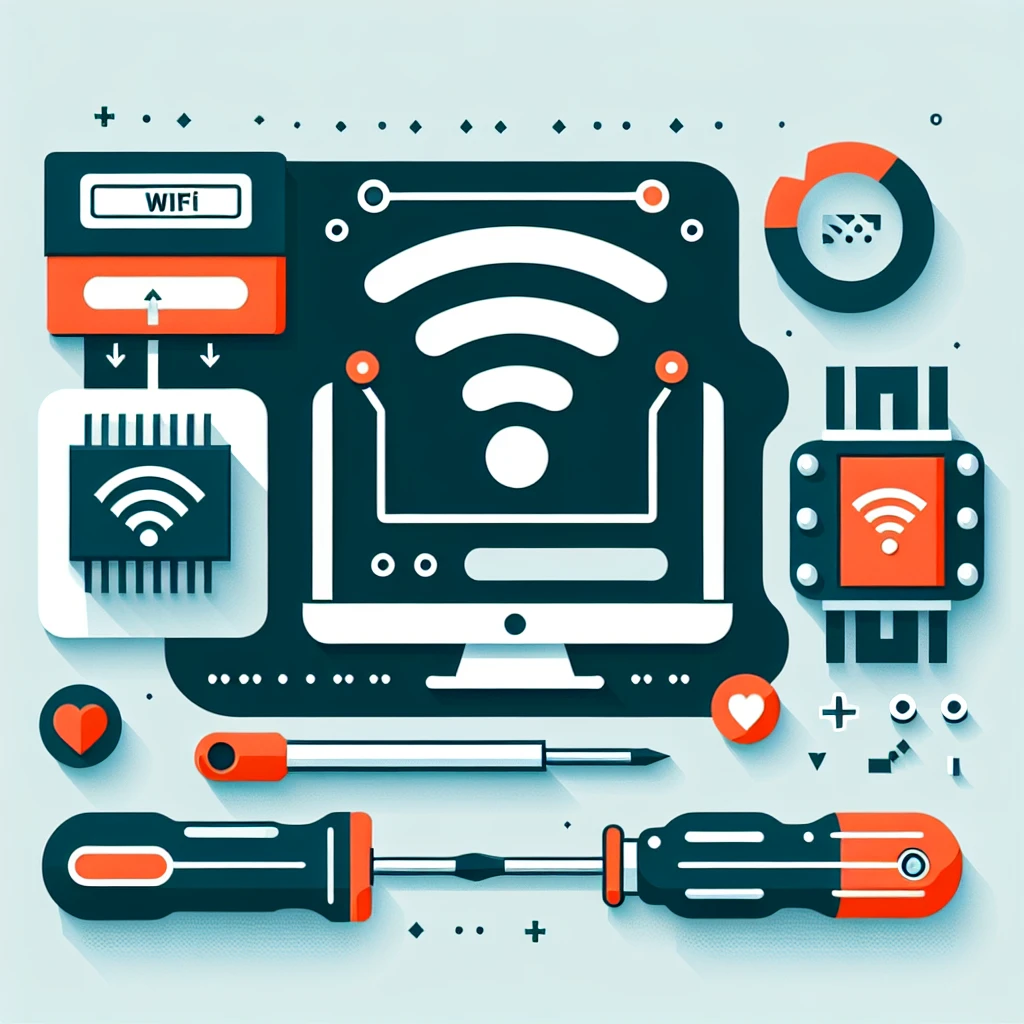Introduction
Installing a WiFi adapter driver manually can be crucial when your device lacks automatic updates or faces connectivity issues. In this article, we’ll walk you through the step-by-step process to manually install a WiFi adapter driver, ensuring stable and efficient internet connectivity. Whether you’re using a Windows, macOS, or Linux system, this guide has got you covered.
Steps to Manually Install a WiFi Adapter Driver
Identify Your WiFi Adapter
Before you start, it’s necessary to identify the specific WiFi adapter installed in your device. This information is vital for downloading the correct driver. You can locate this information through the Device Manager on Windows, System Information on macOS, or Terminal on Linux.
For Windows
- Press Win + X and select Device Manager.
- Find and expand the Network adapters section.
- Note down the name of your WiFi adapter.
For macOS
- Click the Apple menu and select About This Mac.
- Click System Report and select Wi-Fi under Network.
- Note down the details of the WiFi adapter.
For Linux
- Open Terminal.
- Enter the command
lspci | grep -i network. - Note down the details mentioned.
Download the Correct Driver
After identifying your WiFi adapter, visit the manufacturer’s website to download the correct driver. The table below lists common WiFi adapter manufacturers and their websites:
| Manufacturer | Website |
|---|---|
| Intel | intel.com |
| Realtek | realtek.com |
| Broadcom | broadcom.com |
| Qualcomm | qualcomm.com |
Install the Driver on Windows
- Open the downloaded driver file.
- Follow the on-screen instructions to complete the installation.
- Restart your computer if prompted.
Install the Driver on macOS
- Open the downloaded driver package.
- Follow the installation prompts and provide permissions if required.
- Restart your system upon completion.
Install the Driver on Linux
- Open Terminal and navigate to the downloaded driver directory.
- Enter the command
sudo make installor follow the included instructions. - Restart your computer if necessary.
Troubleshooting Common Issues
Driver Not Compatible
Ensure you’ve downloaded the correct driver matching your device’s model and operating system. An incompatible driver can lead to various issues, including no connectivity.
Incomplete Installation
If the driver installation is interrupted or incomplete, try reinstalling it. Make sure to remove any partially installed driver files before attempting a new installation.
Check for Updates
Even after manual installation, manufacturers regularly release updates to improve performance and security. Keep checking the manufacturer’s site and update accordingly.
Conclusion
Manually installing a WiFi adapter driver may seem daunting, but with this guide, it becomes a straightforward task. Identifying your adapter, downloading the right driver, and installing it correctly will ensure a seamless internet experience. Stay connected, stay updated.

